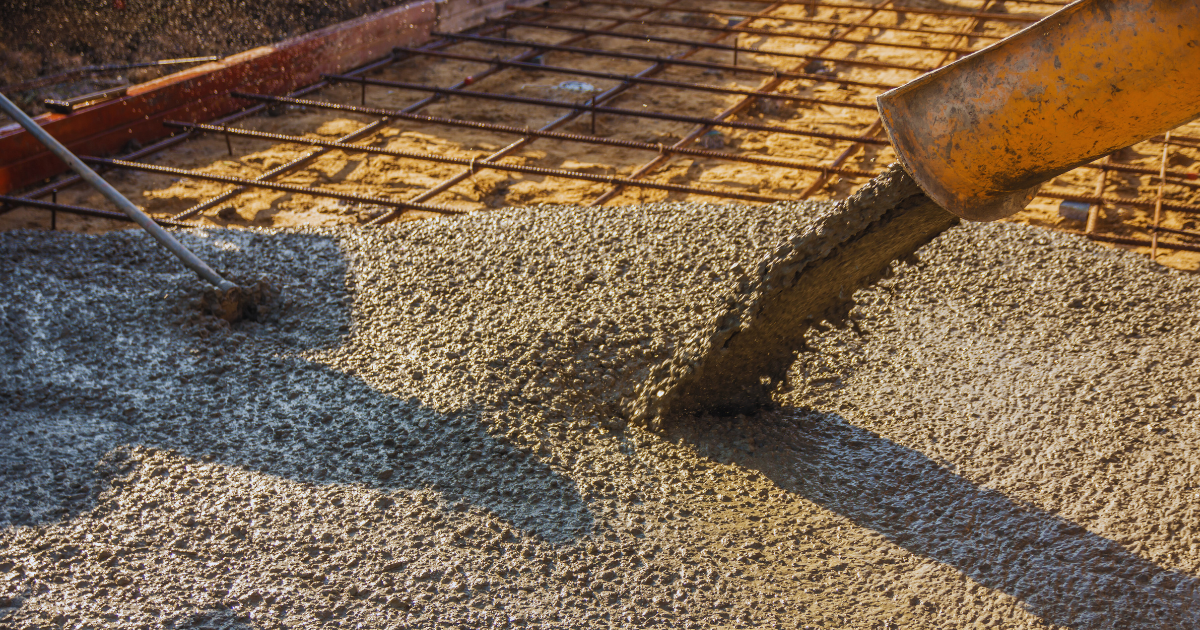Sheeting in construction is a fundamental technique employed to support and stabilize structures during various stages of a building project. It serves multiple purposes, from providing temporary protection to enhancing structural integrity. Understanding the different types of sheeting in construction and their specific uses can help ensure that your project is executed efficiently and safely.
What is Sheeting in Construction?
Sheeting in construction refers to the application of sheets or panels, typically made from materials like wood, metal, or plastic, to create a protective barrier or support structure. This method is crucial for various construction tasks, including excavation, formwork, and temporary walls. The choice of sheeting material and type depends on the specific needs of the project and the environmental conditions.
Types of Sheeting in Construction
Timber Sheeting
Timber sheeting is one of the most traditional forms of sheeting in construction. It involves using wooden boards or panels to create temporary barriers or supports. Timber sheeting is commonly used in excavation work, where it helps prevent soil collapse and provides stability to the excavation site.
Advantages:
Cost-Effective: Timber is often more affordable than other materials.
Ease of Use: Wood is relatively easy to cut and install.
Flexibility: Timber sheeting can be adapted to various shapes and sizes.
Disadvantages:
Durability: Timber sheeting may not be suitable for long-term use or in highly corrosive environments.
Maintenance: Wood requires regular inspection and maintenance to ensure its integrity.
Steel Sheeting
Steel sheeting is a robust and durable option commonly used in modern construction. Steel sheets are often employed for retaining walls, shoring systems, and as part of temporary structures. The strength of steel makes it suitable for projects that require high load-bearing capacity.
Advantages:
Strength: Steel sheeting provides superior strength and load-bearing capacity.
Durability: It is resistant to weathering and corrosion.
Reusability: Steel sheets can be reused for multiple projects.
Disadvantages:
Cost: Steel sheeting is generally more expensive than timber.
Installation: It requires specialized equipment and skills for installation.
Plastic Sheeting
Plastic sheeting, also known as poly sheeting, is another type of sheeting used in construction. It is often employed for applications such as moisture barriers, temporary protection, and dust control. Plastic sheeting is lightweight and flexible, making it easy to handle and install.
Advantages:
Lightweight: Plastic sheeting is easy to transport and handle.
Waterproof: It provides effective moisture and dust control.
Cost-Effective: Plastic sheeting is generally less expensive than steel.
Disadvantages:
Durability: It may not be as durable as steel or timber for structural applications.
Environmental Impact: Plastic sheeting is less eco-friendly and can contribute to waste.
Concrete Sheeting
Concrete sheeting is often used in formwork systems to shape and support concrete until it cures. It is typically made from precast concrete panels or boards that provide a solid, stable form for pouring concrete.
Advantages:
Stability: Concrete sheeting provides excellent stability and support for curing concrete.
Fire Resistance: It offers superior fire resistance compared to other materials.
Durability: Concrete sheeting can withstand harsh environmental conditions.
Disadvantages:
Weight: Concrete sheeting is heavy and requires heavy equipment for handling and installation.
Cost: It can be more expensive than other types of sheeting.
Applications of Sheeting in Construction
Excavation Support
Sheeting in construction is critical for excavation projects, where it helps to support the sides of trenches and pits. This prevents soil collapse and ensures the safety of workers. Timber sheeting is often used in smaller excavation projects, while steel or concrete sheeting is preferred for larger, deeper excavations.
Shoring Systems
Shoring systems rely on sheeting to provide temporary support to structures during construction or repair. Steel sheeting is commonly used for shoring systems due to its strength and ability to handle high loads. It helps to stabilize the surrounding soil and prevent collapse during excavation or construction activities.
Formwork
In concrete construction, sheeting is used to create formwork, which shapes and supports the concrete until it sets. Concrete sheeting is often employed for this purpose, ensuring that the concrete maintains its shape and integrity during the curing process.
Retaining Walls
Sheeting can also be used in the construction of retaining walls, which hold back soil and prevent erosion. Steel sheeting is frequently used for retaining walls due to its strength and durability. It helps to create a barrier that supports the soil and prevents it from moving.
Temporary Structures
During construction projects, temporary structures such as barriers, partitions, and enclosures may be required. Plastic sheeting is often used for these purposes, providing a lightweight and cost-effective solution for creating temporary barriers and enclosures.
Choosing the Right Sheeting Material
Selecting the appropriate sheeting material depends on various factors, including the specific requirements of the project, environmental conditions, and budget constraints. Here are some considerations to keep in mind:
Load-Bearing Capacity: For heavy-duty applications, such as shoring systems and retaining walls, steel sheeting is often the best choice due to its high load-bearing capacity.
Environmental Conditions: Consider the environmental conditions where the sheeting will be used. For example, plastic sheeting is suitable for moisture control but may not withstand harsh weather conditions as well as steel or concrete.
Cost: Timber sheeting is generally more affordable but may not offer the same level of durability as steel or concrete. Consider your budget and the long-term needs of the project when choosing the sheeting material.
Conclusion
Sheeting in construction plays a vital role in ensuring the stability and safety of various construction activities. From excavation support to formwork and retaining walls, the different types of sheeting materials offer unique benefits and applications. Understanding the properties and uses of timber, steel, plastic, and concrete sheeting can help you make informed decisions and achieve successful project outcomes.
By selecting the right type of sheeting and employing it effectively, you can enhance the safety and efficiency of your construction project. Whether you are working on a small excavation or a large-scale structural project, sheeting is an essential component of modern construction practices.







